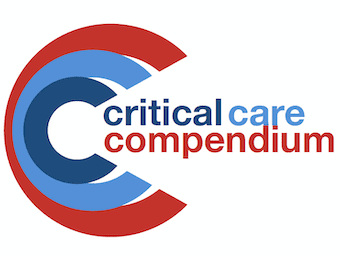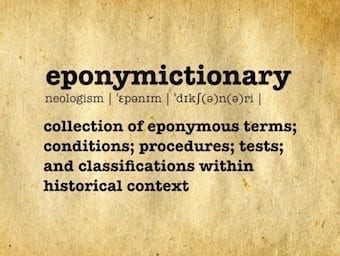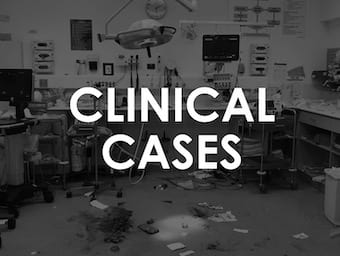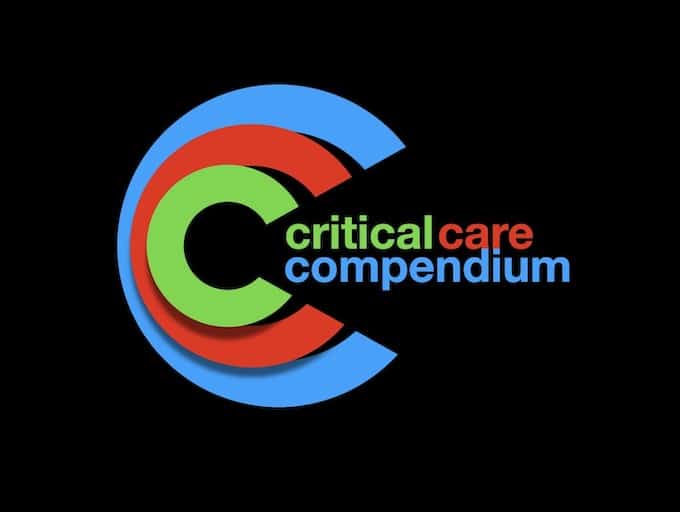
RAGE Session: Resuscitology Case – Oncology Patient in Resus
Cliff Reid, Geoff Healy, and Chris Nickson discuss a fictionalised case from the Resuscitology course: "Oncology Patient in Resus", including airway management and failure of video laryngoscopy, and the challenges of resuscitation in the context of potentially terminal illness.







